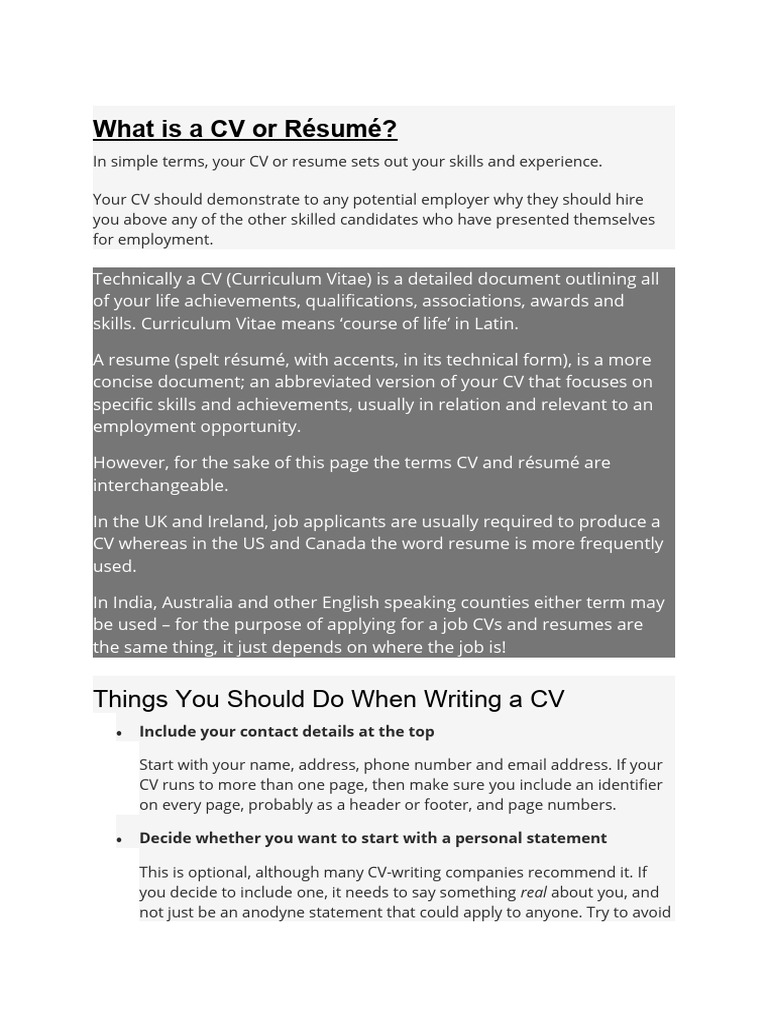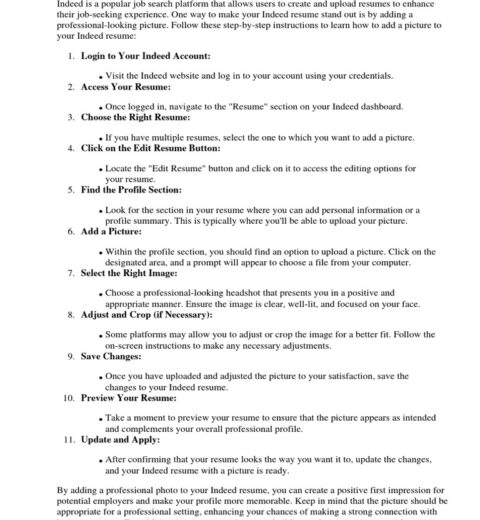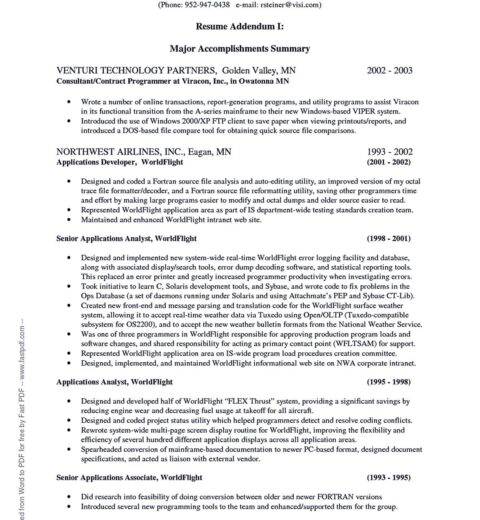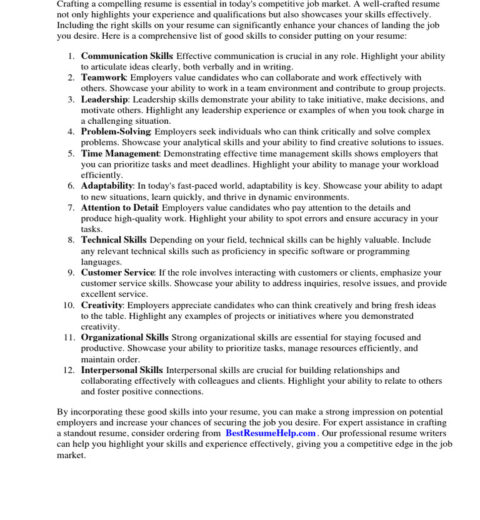In the realm of employment and professional advancement, the terms “resume” and “CV” (curriculum vitae) are often used interchangeably, yet they denote distinct concepts that serve different purposes. Each document showcases an individual’s qualifications, experiences, and skills, but understanding the nuances between them is crucial for job seekers and professionals alike. In this discourse, we will elucidate the definitions of a resume and a CV, explore their respective features, and ultimately guide you on which one to utilize based on your career trajectory and industry demands.
The term “resume” is derived from the French word meaning “to summarize.” True to its origins, a resume is typically a concise exploration of an individual’s career and educational history, usually confined to one or two pages. Its primary intent is to succinctly present relevant qualifications to a prospective employer, allowing them to ascertain quickly if the candidate possesses the necessary skills for a particular position. Resumes are inherently tailored documents, modified for each application to emphasize the most pertinent experiences and competencies that align with the job description.
Conversely, a CV, or curriculum vitae, which translates to “course of life,” is a more comprehensive and detailed portrayal of an individual’s professional background. Generally longer than a resume—often extending over several pages—a CV encompasses a complete listing of the candidate’s skills, experiences, education, publications, research contributions, conferences attended, and other professional achievements. This document is frequently used in academic, medical, and scientific fields, where extensive documentation of one’s career path is necessary.
To effectively discern which document is appropriate for your needs, it is prudent to consider the following aspects:
1. Length and Detail
As mentioned earlier, resumes are brief, typically one to two pages and focus on relevant achievements tailored to the job at hand. This includes a summary statement, work experience, education, and skills. On the other hand, CVs provide a holistic view of an individual’s academic and professional trajectory, necessitating significantly more length and detail. If you possess a wealth of experience, particularly in research or academia, a CV becomes indispensable.
2. Purpose and Audience
The purpose of a resume is predominantly to secure a job interview. It is designed to highlight skills and experiences that are directly relevant to the job for which one is applying. The audience here is generally hiring managers or recruiters who are sifting through numerous applications. Conversely, a CV is often used for academic positions, fellowships, or grants, where the audience may include researchers, professors, or academic committees looking for depth and detail in a candidate’s career.
3. Geographic Variations
Geographical distinctions cannot be overlooked in the resume versus CV discussion. In the United States and Canada, resumes are most commonly used in non-academic job applications, whereas CVs are reserved for academic, research, or medical positions. In Europe, the term “CV” is frequently used to refer to what most Americans would consider a resume. Therefore, understanding regional norms can aid individuals in crafting the appropriate document.
4. Industry Standards
When selecting between a resume and a CV, industry expectations play a pivotal role. For those entering corporate or business environments, a polished resume is often the standard. Conversely, if you are pursuing positions in academia, research, or specific governmental jobs, a CV may not only be acceptable but expected. Familiarizing oneself with the standards of one’s industry can greatly impact successful presentation during the job application process.
5. Customization and Adaptation
Customization is paramount when drafting either a resume or a CV. Resumes should be tailored for each specific application, highlighting the most pertinent experiences and skills that align with the job description. Such adaptability not only showcases an understanding of the position but also resonates with the hiring team’s needs. While CVs are generally less frequently adapted, they still benefit from updates and adjustments to emphasize the most relevant information for the specific application context.
6. Key Components
Despite their differences, both documents share certain fundamental components. Common elements of a resume include:
- Contact Information: Your full name, phone number, email address, and LinkedIn profile (optional).
- Summary Statement: A brief overview of your capabilities and career objectives.
- Work Experience: Positions held, responsibilities undertaken, and key achievements.
- Education: Degrees obtained, institutions attended, and graduation dates.
- Skills: Specific competencies related to the job.
For CVs, the components expand to include:
- Personal Statement: A succinct overview of your academic and career goals.
- Comprehensive Work Experience: Detailed descriptions of previous academic and professional roles.
- Research and Publications: A complete listing of scholarly contributions.
- Grants and Fellowships: Any funding opportunities received during your career.
- Professional Affiliations: Memberships in relevant organizations and associations.
Conclusion
In summary, understanding the distinctions between a resume and a CV is paramount for any job seeker or professional endeavoring to present themselves effectively in today’s competitive job market. Consider your career stage, the norms of your field, and the specific requirements of the positions you are targeting. Whether you opt for a concise resume or an exhaustive CV, the ability to communicate your skills and experience convincingly can oftentimes be the decisive factor in your professional journey.




